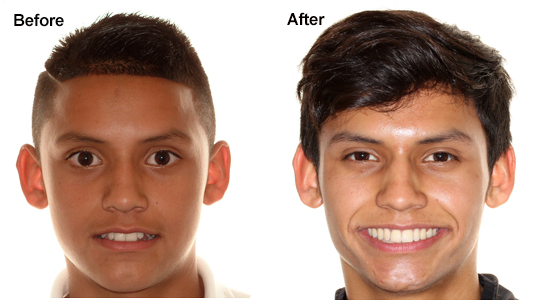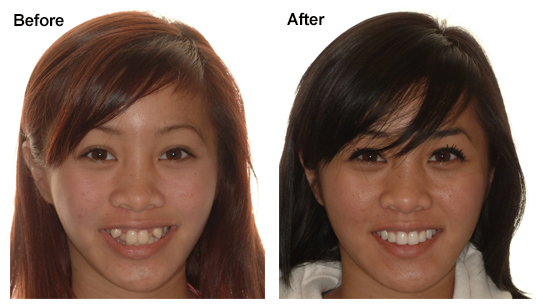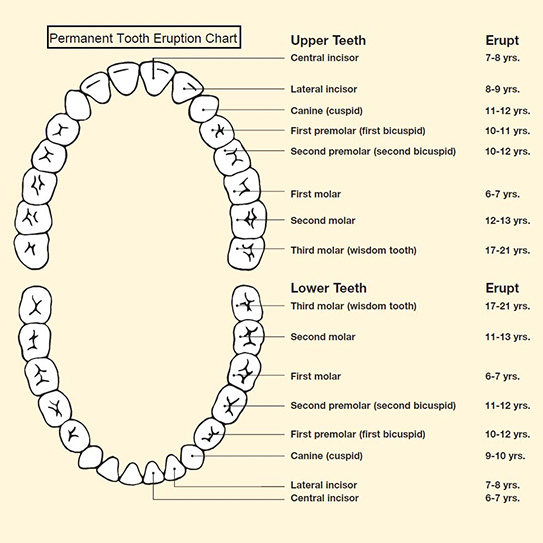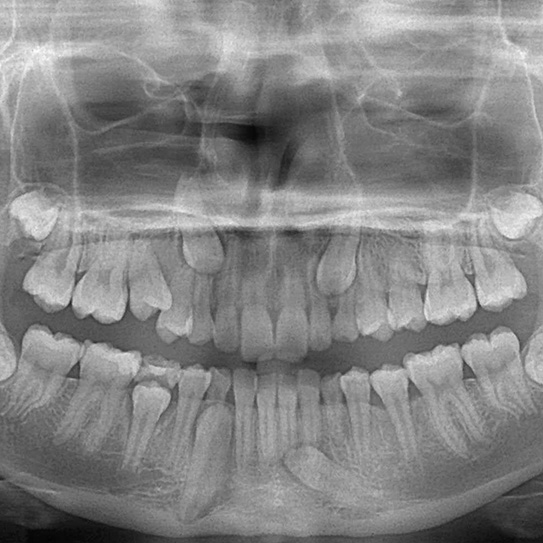Whether Extraction Or Non-Extraction, Your New Smile Will Blossom
April 18th, 2018

ORTHODONTIC TREATMENT CREATES beautiful smiles. Whether extraction or nonextraction therapy is recommended by your orthodontist, your smile and facial profile will blossom just the same.

The decision for extraction versus non-extraction orthodontic treatment is made for a variety of reasons. In Class I cases, dental arches with crowding of 4 mm or less need not have extractions in general. Crowding of 5-9 mm may need extraction depending on where the predicted final position of the incisors will be and the impact on facial profile.

Crowding more than 10 mm may require extraction. For these patients, the amount of crowding virtually equals the amount of tooth mass being removed so there is very little effect on lip position and facial appearance.

The presence of protrusion in addition to crowding makes the extraction decision even more necessary. Moving teeth into an ideal position with protrusion requires additional dental arch space. Most everyone wants to look good, and not have their teeth appear “buck.” Lips will move approximately two-thirds the distance that protrusive incisors are moved back.

The idea that extraction leads to excessive incisor retraction, narrower arches, or airway problems is not well supported in the scientific literature. Nonextraction therapy also need not lead to incisor protrusion or arches that are too wide. Your orthodontist will diagnose and develop a treatment plan your case to get you the best orthodontic treatment outcome.
Bring Us Your Questions
Whether extraction or non-extraction, if you have questions about the benefits of orthodontic treatment, visit us at Gorczyca Orthodontics in Antioch, California. Call us at 925-757-9000 for a free consultation. Visit www.clubbraces.com to learn more about our office.
Whether extraction or non-extraction, your big, broad smile will improve from orthodontic treatment. Whether braces, Invisalign, or retainers are right for you, your new smile will blossom and you’ll be smiling ear to ear.










